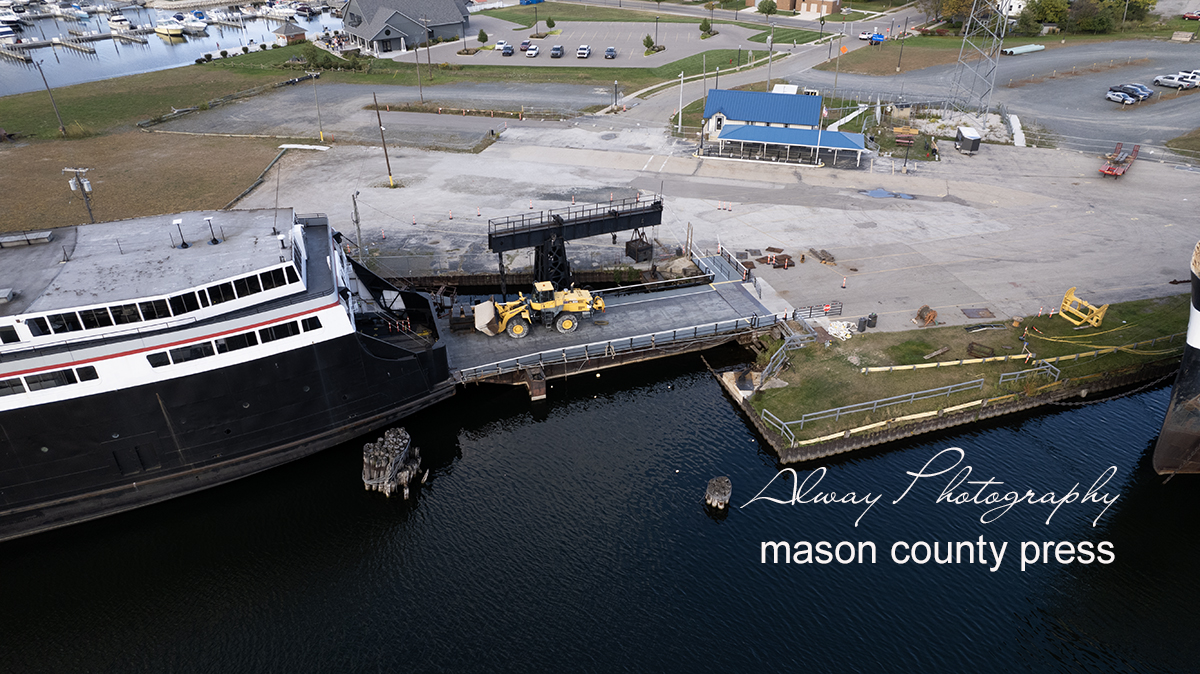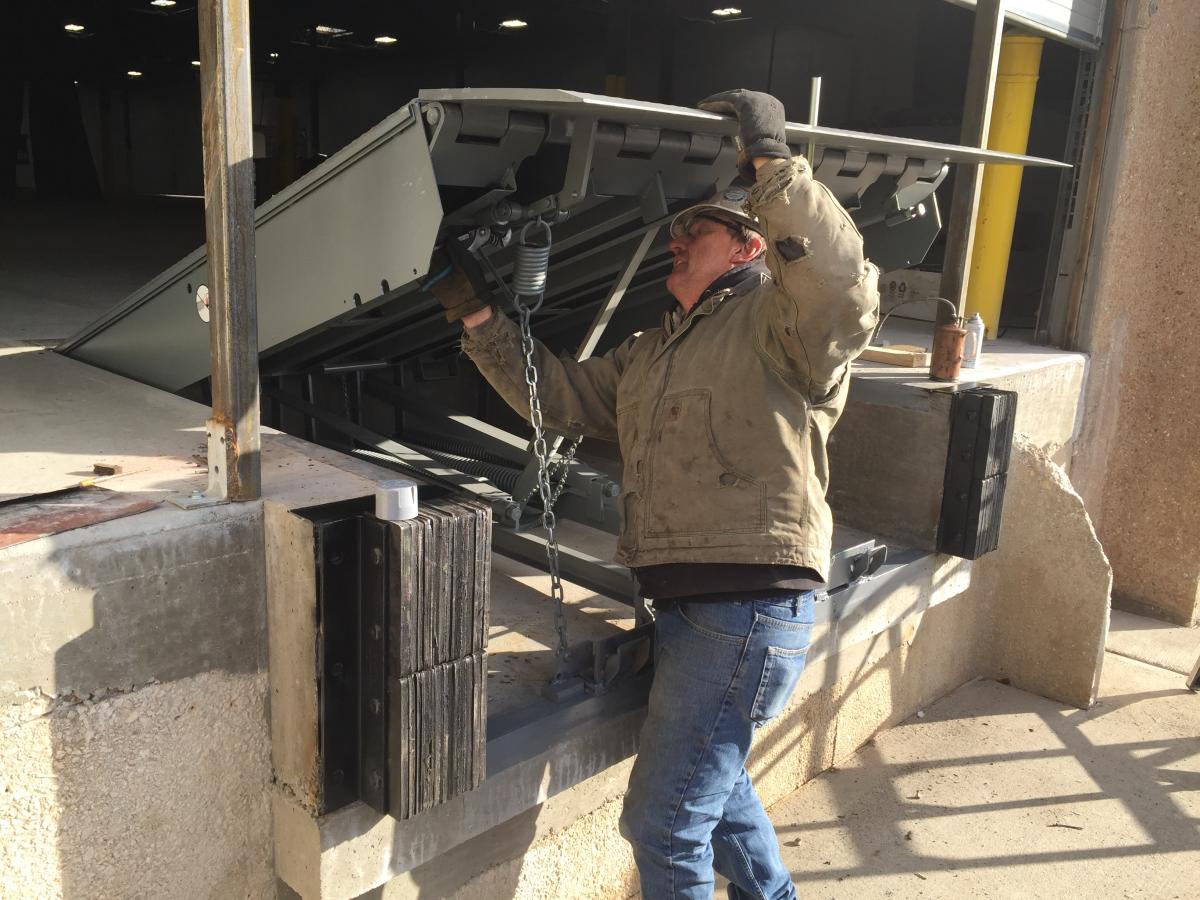Necessary Guide to Budget Friendly Dock Repairs for Homeowners
Necessary Guide to Budget Friendly Dock Repairs for Homeowners
Blog Article
Reliable Dock Repair Work Techniques: Making Certain Architectural Stability
Making sure the structural stability of docks with reliable repair service strategies is paramount for the durability and safety of marine facilities. This includes a multi-faceted approach starting with comprehensive examinations using advanced innovations like finder tools and from another location operated vehicles (ROVs) to spot both visible and hid damages. Ultimately, picking the ideal repair materials, such as composite products and corrosion-resistant alloys, is critical for resilience. Architectural support techniques, including the implementation of cross-bracing systems and load-distribution plates, play a crucial role in mitigating tension factors. Nonetheless, the importance of these techniques comes to be noticeable when exploring sophisticated fixing techniques and preventative upkeep techniques.
Analyzing Dock Damages
Examining dock damages is a critical initial action in making sure the architectural stability and security of any docking facility. This first evaluation involves a thorough evaluation to recognize both hidden and noticeable damages. Trick elements to analyze consist of the dock's foundation, pilings, decking, and hardware. Each part must be scrutinized for signs of wear, rot, corrosion, or other forms of deterioration that might jeopardize the structural stability.
Architectural designers or certified assessors commonly execute these analyses making use of specialized devices and methods. Underwater inspections could utilize finder equipment or from another location ran automobiles (ROVs) to identify submerged damage. Over water, aesthetic examinations are enhanced by using dampness meters and various other diagnostic tools to reveal underlying problems not instantly visible to the naked eye.

Choosing Repair Work Materials
Choosing the appropriate repair products is an essential step in the dock reconstruction procedure, one that directly influences the long life and performance of the repaired structure. Product choice have to be driven by elements such as ecological conditions, load-bearing requirements, and compatibility with existing dock elements.
In addition to wood, composite materials are increasingly popular due to their durability and reduced upkeep needs. Composites, usually made from a mix of plastic and timber fibers, use outstanding resistance to rot, insects, and UV damages. For steel anchors, picking corrosion-resistant alloys such as galvanized steel or marine-grade aluminum is necessary to avoid rust and make sure structural integrity in saline water conditions.
Epoxy resins and marine-grade sealants are important for fixing cracks and securing joints, giving a waterproof barrier and boosting the dock's overall strength. By carefully picking high-quality materials, dock repair services can attain long-lasting results, thus securing versus future destruction and ensuring safe, reputable usage.
Architectural Support Strategies
Efficient structural reinforcement strategies are essential in making certain the security and durability of dock repair work. This method is specifically reliable for anchors subjected to heavy lots or extreme environmental conditions.
An additional necessary method is the application of fiber-reinforced polymers (FRP) These materials offer high strength-to-weight proportions and exceptional resistance to rust, making them perfect for reinforcing wood or concrete anchors. FRP can be used in sheets or strips and bonded with epoxy materials to improve structural honesty.
Bracing and securing systems likewise play a vital role in architectural reinforcement. Cross-bracing, making use of metal or wood beam of lights, can counteract side forces, lowering persuading and movement. Securing systems, such as helical piers or driven piles, give a steady structure by moving loads to much deeper, much more secure soil layers.
Last but not least, the combination of load-distribution plates can help disperse weight much more equally across the dock's surface, alleviating localized anxiety points. These techniques jointly guarantee that docks stay safe and durable, capable of enduring the roughness of their operational environment.
Advanced Repair Service Methods

One more sophisticated method includes underwater welding, which enables for repair work to be conducted without the need to dewater the area. This approach is specifically useful for resolving architectural problems in submerged dock components, ensuring minimal disturbance to procedures. Improved welding methods, coupled with robot systems, supply precision and reliability, thereby expanding the life expectancy of the dock.
Furthermore, cathodic protection systems are applied to avoid rust in metallic dock frameworks. By utilizing sacrificial anodes or pleased present systems, these techniques properly alleviate the electrochemical processes that lead to product degeneration.
Lastly, progressed tracking additional resources technologies, such as architectural health surveillance (SHM) systems, provide real-time data on the problem of dock structures. These systems make it possible for positive upkeep and timely treatments, eventually ensuring the long-lasting structural stability of the dock.
Upkeep and Prevention
Upkeep and prevention are basic concepts that underpin the long life and safety of dock frameworks. Normal evaluations are paramount, permitting very early detection of damage, potential weaknesses, and ecological impacts. A positive approach, including regular checks for rust, rot, and architectural changes, reduces expensive repairs and extends the dock's functional life.
Preventive steps need to include applying safety coatings to metal parts to guard against corrosion and making use of treated wood to withstand degeneration. In addition, guaranteeing appropriate water drainage and ventilation can avoid water buildup, useful content which is an usual cause of structural deterioration. Integrating quality materials and adhering to supplier guidelines throughout building and construction and repair phases also play vital duties in boosting resilience.

Educating workers in dock upkeep finest techniques ensures regular application of safety nets. Leveraging technical developments, such as drones for inspections and sensing units for real-time tracking, can better improve maintenance initiatives. By prioritizing maintenance and prevention, dock owners can ensure structural stability, functional safety and security, and economical administration over the dock's life-span.
Final Thought
In verdict, keeping the structural integrity of marine facilities requires detailed dock fixing techniques. Advanced repair methods, combined with routine upkeep techniques, make certain the dock continues to be operational and safe under diverse ecological conditions.
Ensuring the structural integrity of docks through effective repair techniques is paramount for the longevity and safety of aquatic centers.Picking the proper repair products is an essential action in the dock repair process, one that directly influences the long life and efficiency of look at more info the fixed structure.Effective structural support methods are important in making sure the stability and longevity of dock repairs. By focusing on upkeep and prevention, dock owners can make certain architectural stability, operational safety and security, and economical administration over the dock's lifespan.
In verdict, preserving the structural honesty of marine facilities demands detailed dock repair work strategies.
Report this page